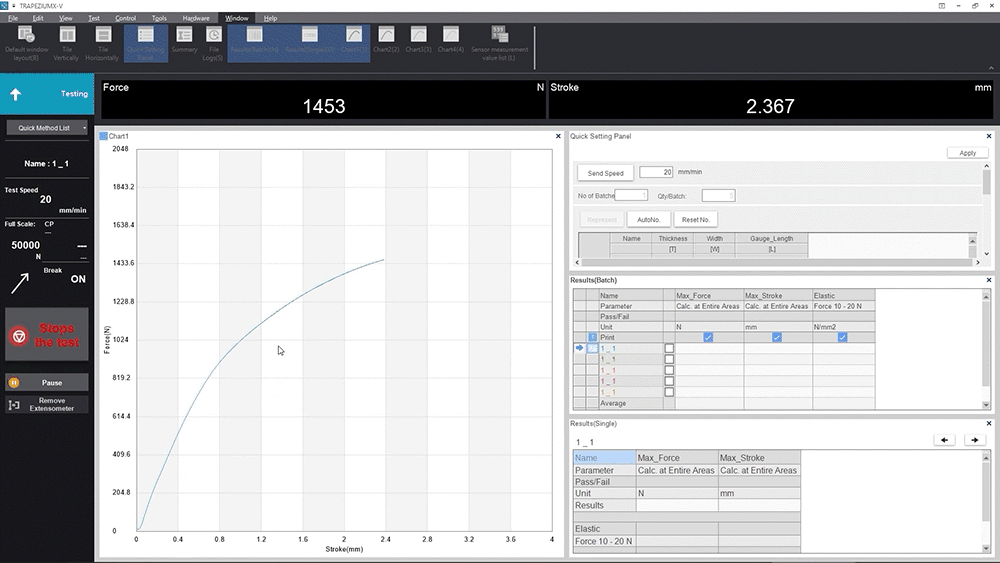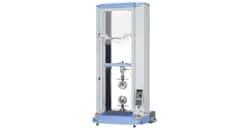ASTM D790: Flexural Properties of Unreinforced and Reinforced Plastics and Electrical Insulating Materials
ASTM D790 is a widely recognized testing standard designed to determine the flexural properties of both unreinforced and reinforced plastics, as well as electrical insulating materials. The standard provides a method for evaluating the material's ability to resist bending when subjected to a flexural force. It is often used to assess the rigidity and strength of plastics in applications where they will experience mechanical loads in bending. The test results help manufacturers ensure their products meet the performance requirements for stiffness, strength, and durability.
This webpage provides an overview of ASTM D790, but it is recommended that users refer to the full ASTM D790 standard for complete details on procedures and requirements.
ASTM D790 Properties of Interest
The primary properties measured by ASTM D790 include:
Flexural Strength: The maximum stress that a material can withstand before failure when subjected to bending.
Flexural Modulus: A measure of the material's stiffness, calculated from the slope of the stress-strain curve in the elastic region.
Flexural Strain: The degree to which the material deforms under bending forces, providing insight into its flexibility or brittleness.
Maximum Flexural Stress and Strain at Yield: For materials that do not break, these parameters provide an understanding of their behavior at the point of yielding.
ASTM D790 Testing Setup and Method
The flexural test described in ASTM D790 is typically conducted using a universal testing machine (UTM) equipped with specialized flexural fixtures. The setup usually consists of:
3-Point Bending Fixture: This fixture applies a load at a single point while supporting the specimen at two ends. It is commonly used for this standard.
Optional 4-Point Bending Fixture: Used for specific materials where two loading points distribute the force across a larger area. (ASTM D6272)
Load Cells and Extensometers: These measure the force applied and the specimen's deflection, respectively, ensuring high precision in test data.
The test requires precise alignment of the fixtures to avoid off-axis loading, and it may use environmental chambers to assess the material's flexural properties at different temperatures or humidity levels.
ASTM D790 Software Features
-
The software used for ASTM D790 testing plays a critical role in data acquisition, analysis, and reporting. TRAPEZIUMX-V key features include:
Real-time Stress-Strain Plotting: Offers immediate insight into the material’s behavior under load, including flexural strength and modulus.
Automatic Calculations: The software computes flexural strength, modulus, and strain without manual input, reducing operator error. (Secant and Chord)
Compliance with Reporting Standards: Generates standardized reports that comply with ASTM requirements, including tabulated data, graphs, and statistical analysis.
-

ASTM D790 Specimen Details
ASTM D790 specifies the size and geometry of the test specimens, which are typically rectangular bars. The dimensions of the specimen are critical, as they impact the accuracy of the test results. Common specimen dimensions include:
Length: Typically 125 mm to 200 mm, depending on the thickness and modulus of the material.
Width and Thickness: Width is generally 12.7 mm, and the thickness can vary, often between 3.2 mm and 6.4 mm.
Span-to-Thickness Ratio: The ratio is typically 16:1, though materials with lower flexural moduli may use 32:1 or higher.




